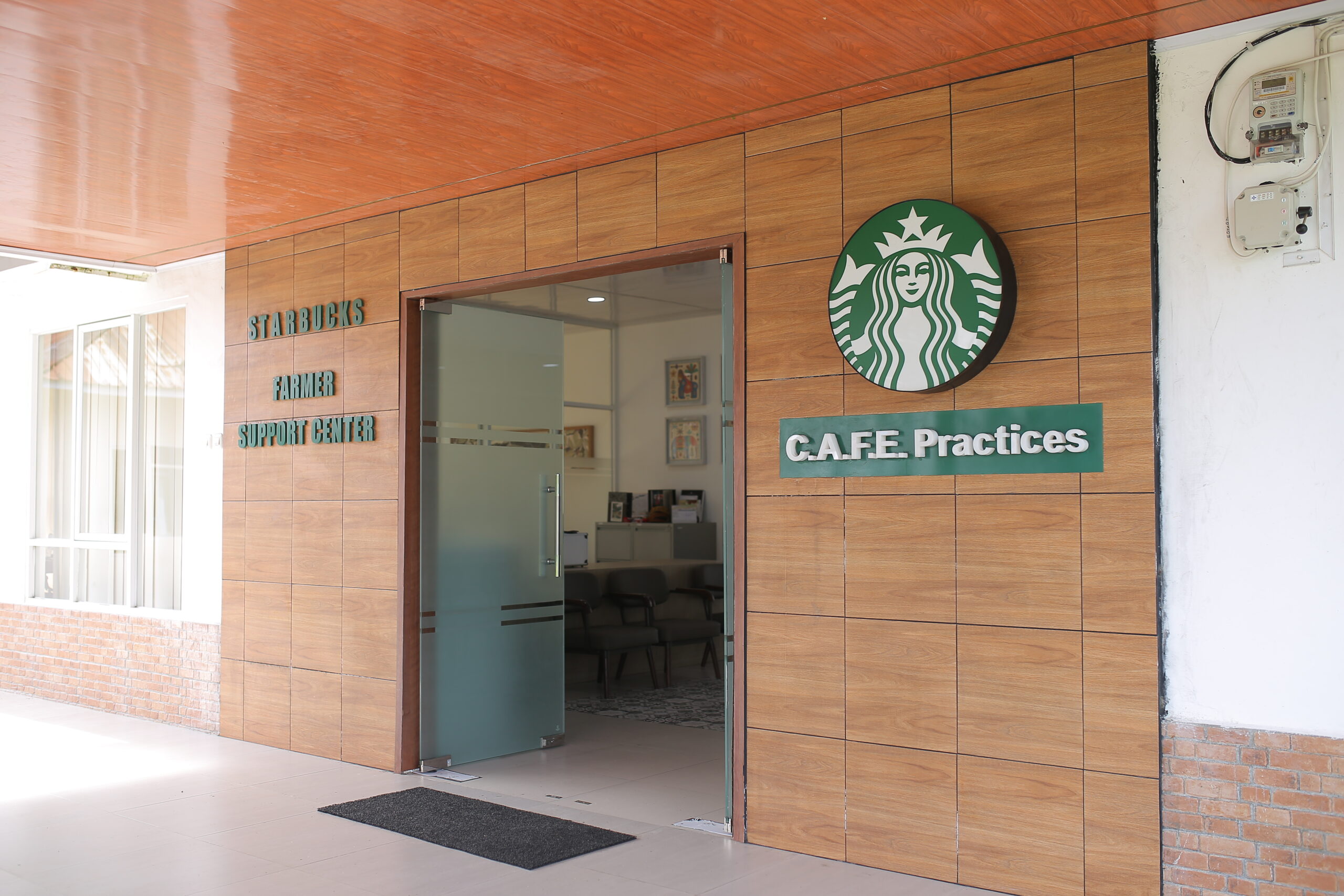
For most coffee drinkers, the daily ritual begins with a sip. But behind that cup lies a journey that few ever witness. As part of Starbucks’ Origins Experience, I had the opportunity to trace coffee back to its source in North Sumatra — one of the most influential coffee-growing regions in the world.
This was only my second visit to North Sumatra, and even from the moment I landed at Kualanamu International Airport, the excitement was palpable. The trip was the final installment following a series of similar visits for Starbucks partners from across the Asia Pacific. This time, it was the media’s turn.
We began in Medan at the Starbucks Reserve store in DeliPark Mall. Coffee masters guided us through a tasting session featuring Rwanda Sholi Kundwa beans. Using the pour-over method, we explored flavour profiles, before experiencing the same beans through a trio of creative beverages in the Sukha Yatra series: Canele Latte, Japanese Iced Bing Cherry, and House Affogato Matcha Fusion.
The day closed with an experimental drink inspired by klepon, created by a barista using sous vide coconut water, pandan espresso, and pandan foam. It was a playful interpretation of a traditional Indonesian sweet, with layered complexity and a clean finish.
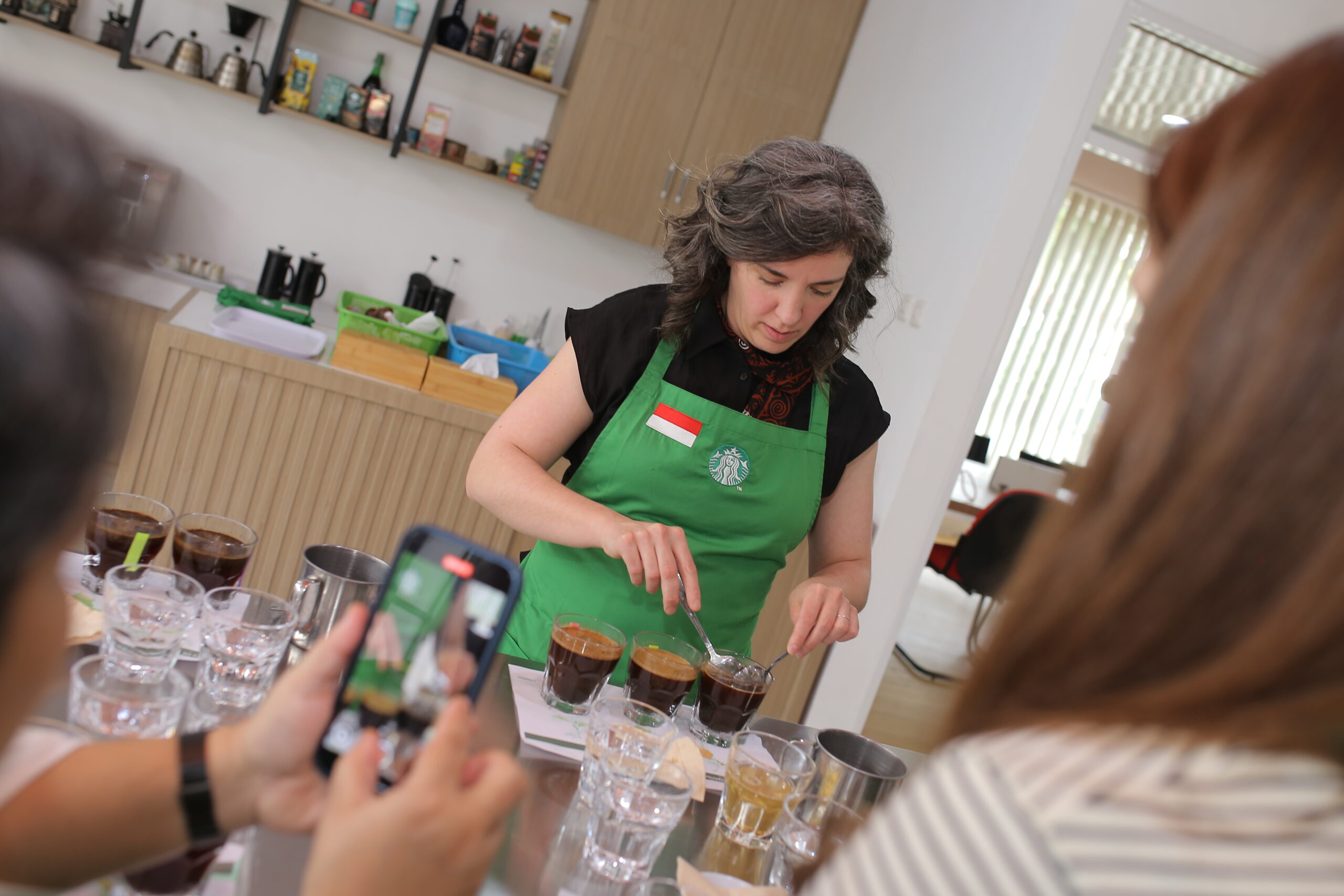
On day two, we journeyed to the Starbucks Farmer Support Center (FSC) located in the cool highlands of Berastagi, in the Karo region. There, we were welcomed by the dynamic team behind Starbucks’ sustainability and agronomy initiatives.
Masyitah Daud, general manager of the FSC, explained how the centre supports over 58,000 farms across Indonesia, offering resources and training that help farmers improve both quality and yield. The FSC isn’t just a facility; it’s a vital hub for Starbucks’ ethical sourcing model.
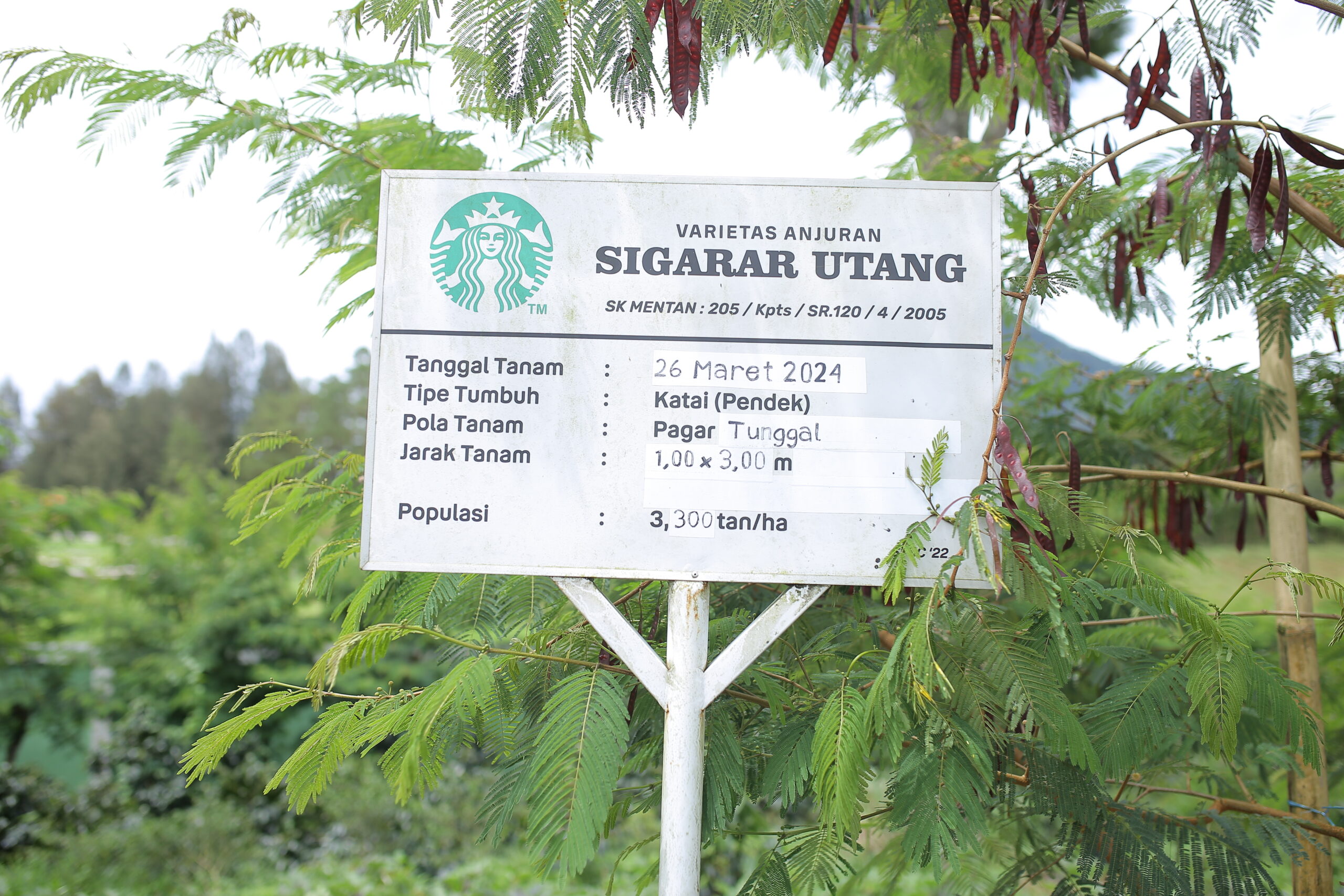
Brittany Zeller, a Starbucks coffee developer from Seattle, introduced us to the sensory world of coffee tasting through a structured cupping session. We evaluated aroma, body, acidity, and finish of three different coffee samples. Her role, she explained, involves tasting over 300 cups a day to ensure Starbucks blends meet consistent flavour expectations worldwide – and being one of only three people in the position, you can only imagine her workload.
Later, agronomist Ucu Sumirat guided us through a tour of FSC’s experimental coffee plots, explaining the dynamic and technical world of coffee planting. He expertly described varietals and resilience strategies against climate change, pests, and poor soil conditions. The day ended with each of us planting a coffee tree — a small yet symbolic gesture to root our understanding in action.
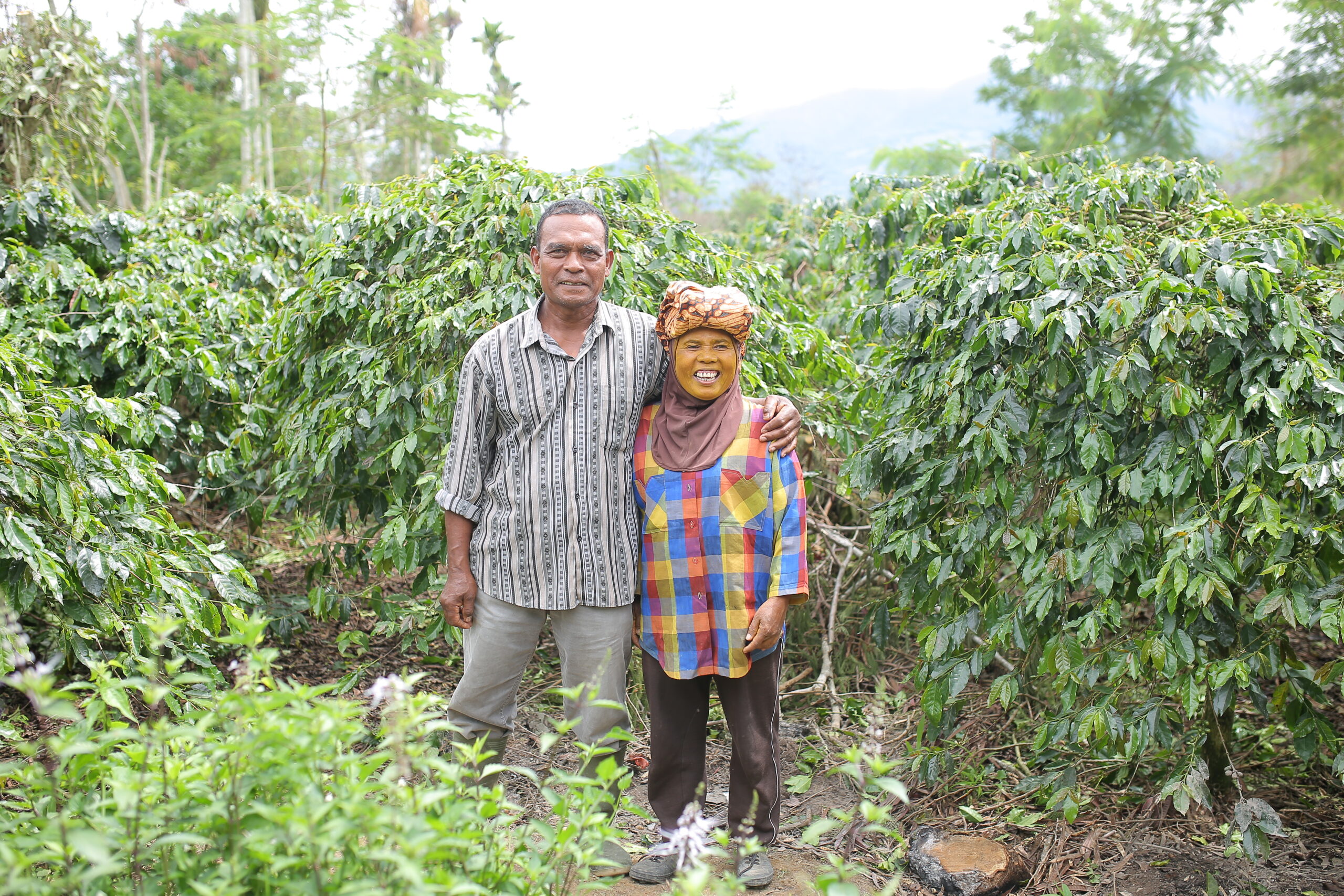
Day three began with a drive deeper into the highlands, this time with another FSC agronomist, Robertus Tri Hastoaji, where we went to the model farm of Ngamanken Palawi near Mount Sinabung. As a farmer who has worked closely with the FSC and adopted C.A.F.E. Practices, Palawi has transformed his smallholding into a high-performing, sustainable operation. He walked us through his coffee trees and explained the evolution of his practice – beginning with planting fruits and now exclusively just coffee-, balancing traditional wisdom with modern agronomic knowledge.
From there, we visited a local village led by a women’s farming collective supported by the MECIHO Project, under Corus International. Evi Kaban, the program director, shared how Starbucks Foundation funding has allowed the community to grow vegetable farms, improve sanitation, and strengthen financial independence among women. It was a moving visit that expanded our understanding of coffee’s ripple effect beyond the bean.
That evening, the amphitheatre at Taman Simalem Resort set the stage for a sunset tasting overlooking the vast Lake Toba. North Sumatran born coffee masters shared their craft in a final round of flavour exploration, each cup infused not only with roast notes but also with stories of tradition, perseverance and love.
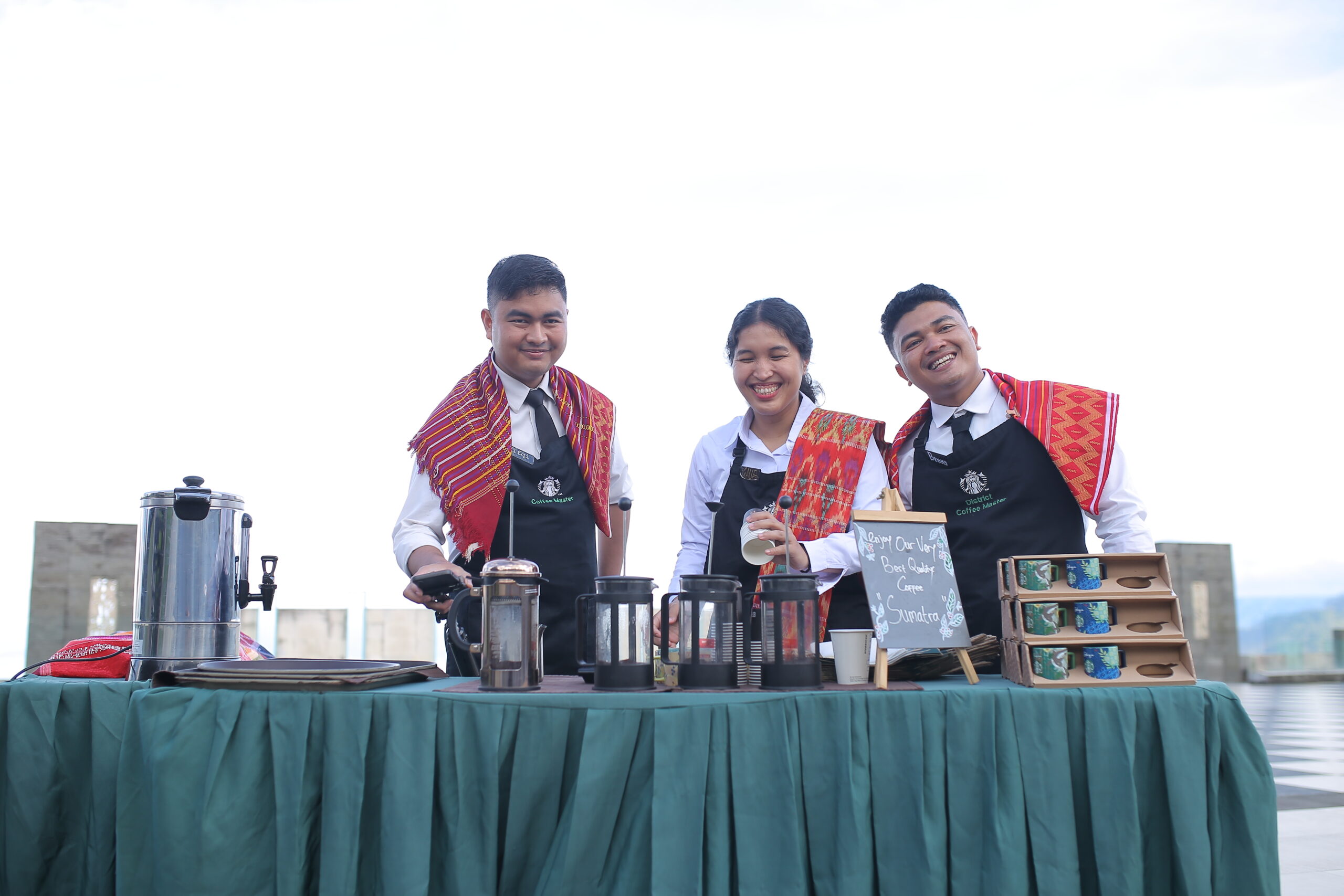
On the final day, we returned to the FSC, but this time to tour a neighbouring processing mill. It was here that we witnessed the mechanical and manual processes of sorting, selecting, and preparing beans for export. Starbucks coffee buyer Matt Perry offered insight into how Starbucks selects coffees from around the world. He stressed that the company owns no farms and doesn’t maintain exclusive partnerships with processors. Instead, Starbucks relies on rigorous selection processes and close relationships to secure top-grade coffee that meets its global quality standards.
Throughout the journey, the message was clear: coffee is not just a product; it is a chain of human stories. From the scientific expertise of agronomists to the generational knowledge of farmers, from community-building efforts to the hands that cup, sort, and serve, every stage holds meaning.

The Starbucks Origins Experience in North Sumatra transformed a familiar beverage into something far more layered and intimate. It deepened not only my appreciation for the craft and care behind each brew, but also for the communities and ecosystems that sustain it. This trip reminded me that to truly know coffee, one must go to its remarkably extensive, strenuous, and hardworking roots.
For more information, visit stories.starbucks.com/asia
*All photos courtesy of Starbucks Asia Pacific
